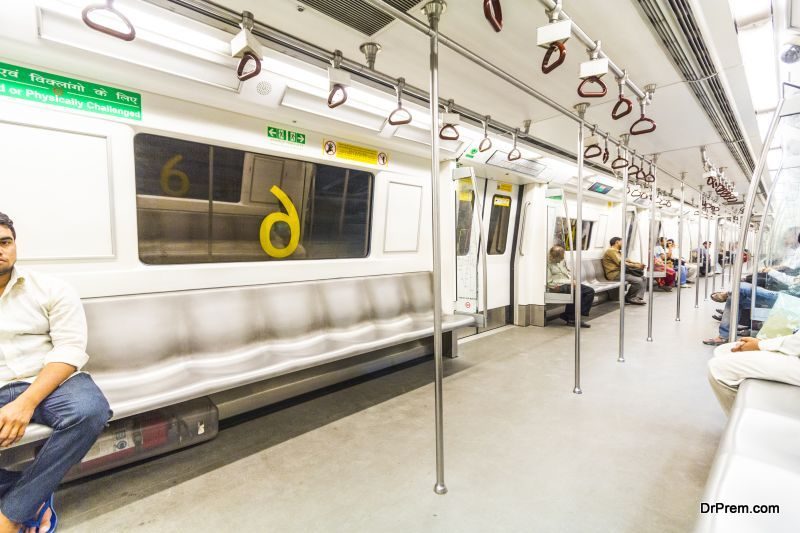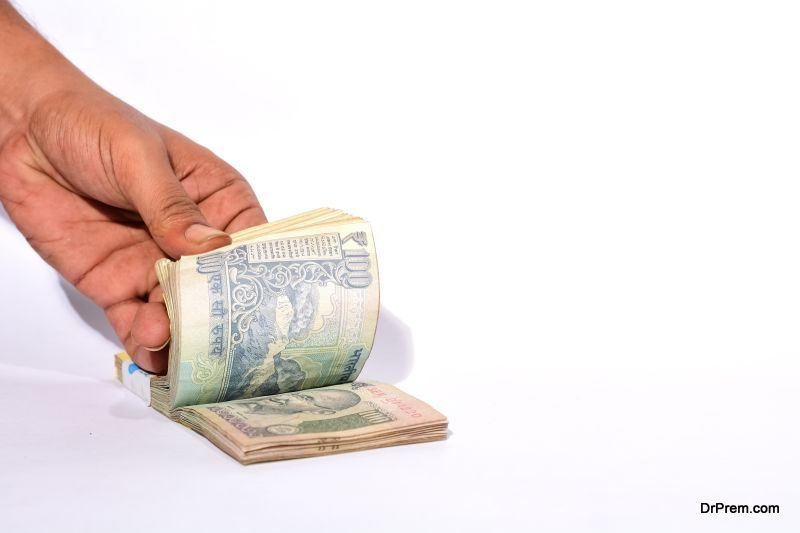Delhi metro, which is the lifeline of Delhi-NCR, has become costlier by a maximum of Rs 10 w.e.f 10 October. Delhi Metro Rail Corporation’s revised fares will be applicable on blue, yellow, green, red and violet lines of the metro service. Fares on the orange line, which connects with the airport, will remain undeterred. The fare hike that happened in two phases — the first one took place in May was recommended by FCC– this Fare Fixation Committee is setup by the central government.
However, DMRC has justified the fare hike in less than 6 months as a dire need in the wake of rising operational expenses and losses incurred by the metro service. When this mammoth venture flagged off in 2002, it operated at fares as low as Rs 4 and a maximum fare of Rs 8. These fares have changed today to 10 and 60 for commuting during peak hours.
According to DMRC’s annual report 2016-17
Total passengers who used the services: 100 cr
Total revenue from services during the period: Rs 5,388 cr
Total operational cost of services during the period: Rs 5,736 cr
Total loss in operation of services during the period: Rs 348 cr
Total outstanding loans from 2002-2017: Rs 34,173 cr
The average fare of passenger is only over Rs 17 from the metro’s passenger operation services that yield revenue of Rs 1,765 cr.
Need for a hike
Despite being one of the most successful operating metro services in the country, it still faces such huge operating losses. It is only fair to see the fare hike with these figures in mind rather than just going with political havoc and customer unrest.
The core business of DMRC in passenger services incurs a total loss of Rs 1,567 cr after depreciation and repayment of loans annually. All this money is eventually paid out of the taxes we pay. A justifiable periodical increment in fare could allow the taxpayers money to be used in other important projects rather than paying off the loans.
DMRC had last hiked its fares in 2009, it has been eight years since and any well running public system needs to regularly hike small amounts in fares for ensuring smooth operations with top-notch services. Lack of funds will disrupt the existing harmony of the services and tend to become useless.
This minimum hike of Rs 5 introduced now, could generate an extra revenue of Rs 500 cr for the DMRC which can be helpful to pay off loans and reduce the adding on huge burdens for later.
Verdict
Our verdict is that, the fare hike was necessary so that we have fewer ones that could have been considerably larger hikes in the future, if this interim one did not take place. Just imagine which other mode of transport would provide an air-conditioned travel empowered with excellent technology to cut short travel times by great extends in Delhi?
Since the hike is a nominal one, the commuters won’t bother to substitute their mode of public transportation with app-based cab services or any other means. Therefore, the chances are less DMRC is going to lose regular commuters because of the price hike. However, there is going to be a feel of discomfort for a few days to shell out Rs 5 or Rs 10 more for the same ride that you just had yesterday!
For once politics and playing the poor man’s card can wait, until we see how this fare hike decision has really fared off and reflected in the 2017-18 DMRC annual reports.





